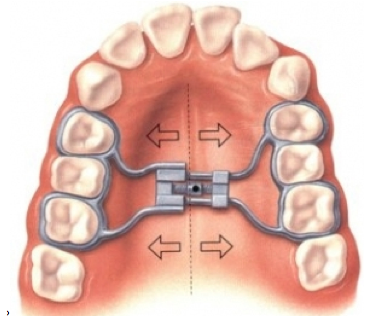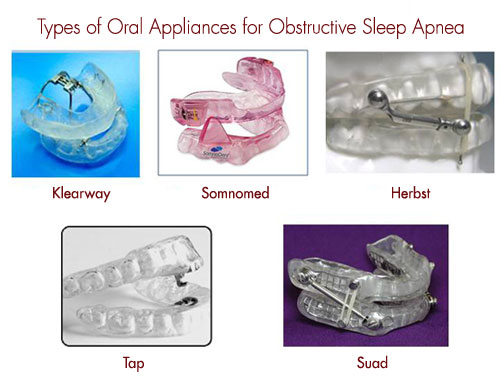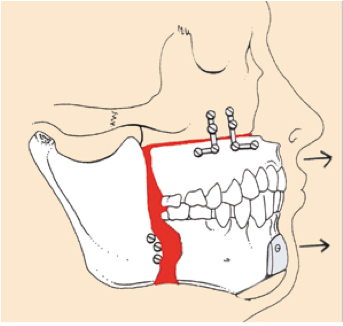Sleep Apnea Treatments in Bellflower

Are you constantly tired and drowsy during the Day? Is Your Snoring Keeping Everyone Awake? You May Have Sleep Apnea.
You feel that you have had a good night’s sleep but you cannot understand why you are tried or sleepy during the day. Furthermore, your bed partner is constantly complaining about your loud snoring. If this sounds familiar, then you may have sleep apnea.
Sleep expert orthodontist Dr. Audrey Yoon has many treatment options for sleep apnea so that you eliminate the snoring and get the restful sleep you need to feel energized during the day.
What Is Sleep Apnea?
Sleep apnea is a common disorder in which you have one or more pauses in breathing, and as many as 20-30 times per hour while you sleep. If you suffer from sleep apnea, each time your breathing stops, the resulting lack of oxygen alerts your brain, which temporarily wakes you up to restart proper breathing. As a result, the quality of your sleep is poor, which makes you tired during the day. Sleep apnea is a leading cause of excessive daytime sleepiness.
Sleep apnea often goes undiagnosed. Doctors usually can’t detect the condition during routine office visits and no blood test can help diagnose the condition. The most common type of sleep apnea is obstructive sleep apnea. In this condition, the airway collapses or becomes blocked during sleep, causing shallow breathing or breathing pauses.
What Are the Signs and Symptoms of Sleep Apnea?
Here are some common signs of sleep apnea:
- Insomnia or difficulty sleeping
- Loud snoring at night
- Waking up at night, short of breath
- Snorting or choking sounds during the night (indicating a restart of breathing)
- Headaches upon waking in the morning
- Falling asleep unintentionally during the day
- Extreme drowsiness throughout the day
What kinds of treatment options that orthodontist can do for sleep apnea patient?
-
Rapid Palatal Expander

For people who have very narrow upper jaws and have problems breathing through their nose such as with the upper airway resistance syndrome, we expand the upper jaw to be wider and the floor of the nose is expanded as well to create more nasal volume. This is a common orthodontic treatment especially for children. The rapid palatal expander is an appliance to expand the upper jaw. It is an effective way for treating sleep apnea and sometimes this expander therapy is combined with tonsillectomy to achieve maximum results for kids.
-
Oral Appliances

Oral appliances that treat snoring and obstructive sleep apnea are small devices that are worn in the mouth, similar to orthodontic retainers or sports mouth guards. These appliances help prevent the collapse of the tongue and soft tissues in the back of the throat, keep- ing the airway open during sleep and promoting adequate air intake. Currently there are approximately 70 different oral appliances available. Oral appliances may be used alone or in combination with: other means of treating OSA, including general health and weight management, surgery or CPAP.
Types Of Oral Appliances
With so many different oral appliances available, selec- tion of a specific appliance may appear somewhat overwhelming. Nearly all appliances fall into one of two categories. The diverse variety is simply a variation of a few major themes. Oral appliances can be classified by mode of action or design variation.
-
Tongue Retaining Appliances
Tongue retaining appliances function by holding the tongue in a forward position by means of a suction bulb. When the tongue is in a forward position it serves to keep the back of the tongue from collapsing during sleep and obstructing the airway in the throat.
-
Mandibular Repositioning Appliances
Mandibular Repositioning Appliances function to reposition and maintain the lower jaw (mandible) in a protruded position during sleep. This serves to open the airway by indirectly pulling the tongue forward, stimulating activity of the muscles in the tongue and making it more rigid. It also holds the lower jaw and other structures in a stable position to prevent opening of the mouth.
-
-
Orthognathic surgery (Maxillomandibular Advancement)

For severe cases, we recommend orthognathic surgery in conjunction with braces, which has been proven to be the most effective surgical treatment for sleep apnea.
What is orthognathic surgery (Maxillomandibular Advancement)?
It is jaw surgery to move the upper and lower to correct jaw discrepancies. For sleep apnea patients, the main focus of the surgery is to expand the airway. As a result, most of the time, the upper and lower jaws are moved forward. As the bones are surgically advanced, the soft tissues of the tongue and palate are also moved forward, again opening the upper airway.
Orthognathic surgery can allow for patients to breathe better, correct functional problems, and dramatically enhance the patient’s appearance. This is the most effective surgical treatment for sleep apnea with high success rates and long term stability.
